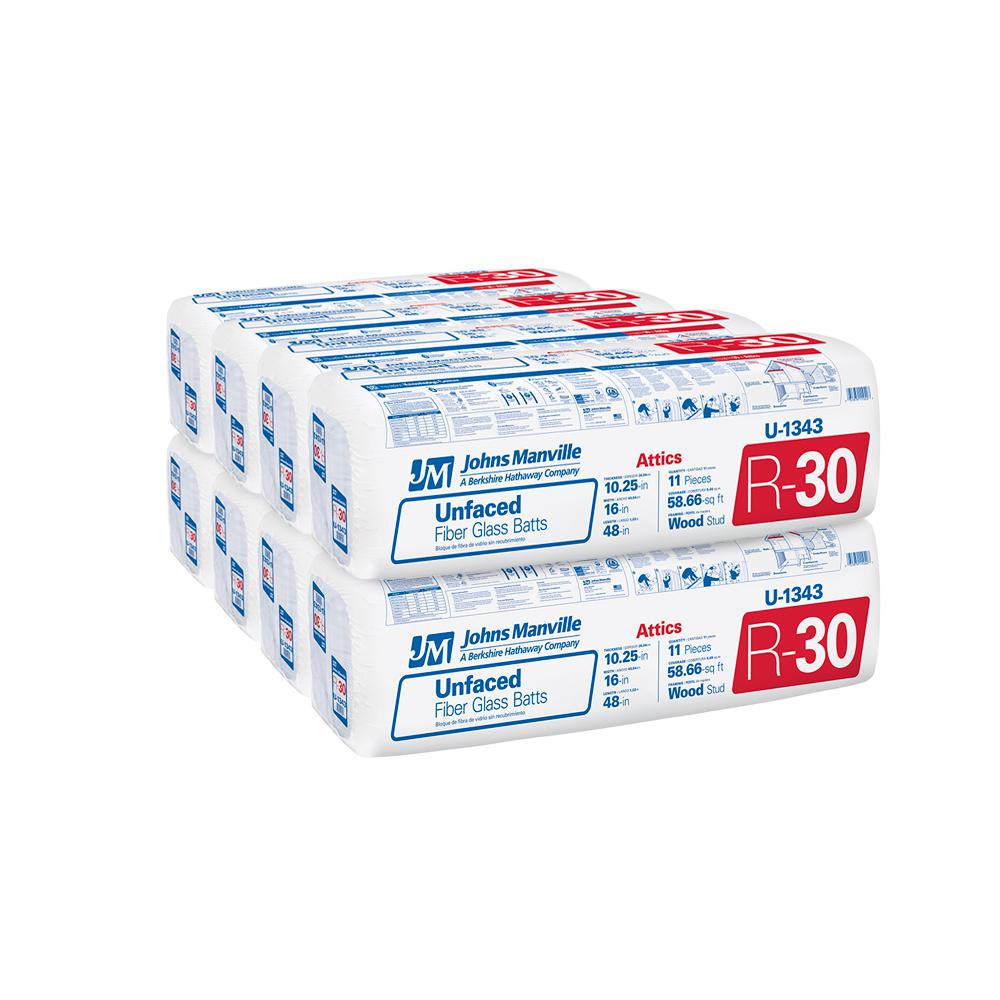The facing on faced insulation acts as a vapor retarder.
Floor joist insulation faced or unfaced.
It s also important that there be no air pockets in the insulation as this is where the cold spots spring up in rooms.
If you need a vapor barrier and your insulation is unfaced you must cover it with a polyethylene film.
If there is already insulation between the joists increase the r value by installing unfaced roll insulation right on top.
Install batting between the attic s floor joists.
Unfaced crawl space insulation.
Staple the flange to the side of the framing member with staples spaced about 12.
Faced insulation has flanges on the outside of the batt that need to be stapled to the wall studs and joists.
Position the flange flat against the side face of the wall stud or floor joist or roof rafter so the edge of the flange is flush with the interior edge of the stud joist or rafter.
The same applies to faced unfaced and other kinds of insulation products.
Tuck between joists above the basement or crawlspace.
Kathy november 26 2017 at 11 00 am.
When insulating basement walls don t forget the band joist the piece of wood at the top of the wall that extends around the perimeter and encloses the ends of the floor joists.
Whether you choose faced or unfaced insulation for the attic depends on the application and whether some insulation already is present.
Here s when to use faced or unfaced insulation.
Any time you use a faced insulation the paper needs to be facing toward the living space.
It wasn t all of the floor joists it was just the bottom of the floor joists that was exposed allowing the aired to get to the moisture and drying it and then causing it to dry rot.
Faced insulation is a familiar type of insulation that often comes in rolls or batts and gets stapled to joists or other beams.
The insulation should extend all the way down to the basement floor or at least to below the frost line the depth to which the ground freezes in winter.
If you do use faced insulation you must take extra precautions to avoid having a fire.
Unfaced insulation in your garage.
That s how the barrier is made effective.
Without stapling moisture still has a path into the room.
For example if you plan on using your garage for your welding projects you run the risk of having a welding fire.
How to install insulation.
You may be required to cover the kraft paper with other materials depending on your local codes.
Faced or the type with paper is typically used in first time applications such as in walls ceilings floors and in crawl spaces.
Experts refer to insulation as faced or unfaced basically faced insulation has a vapor barrier and unfaced insulation does not.

